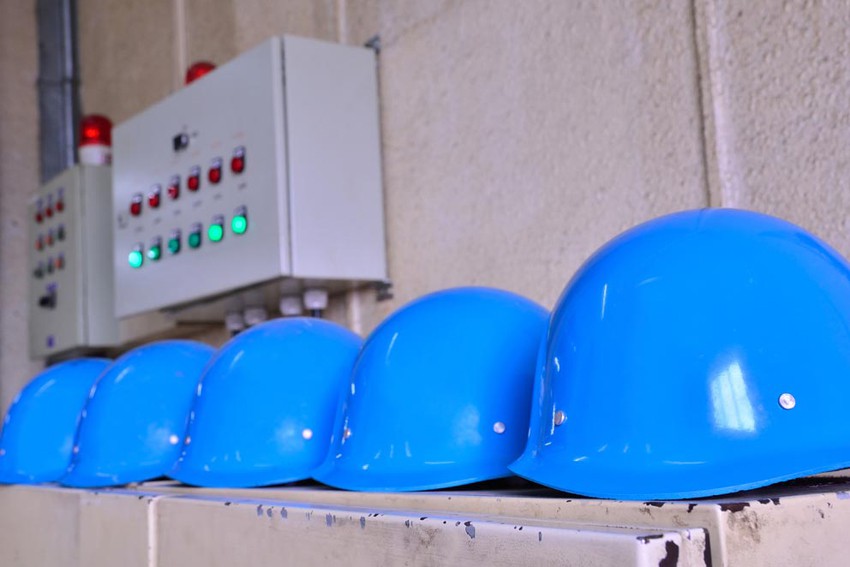South Australia’s Unemployment Threat

The recent sharp rise in the South Australian unemployment rate to 7.4 percent has set alarm bells ringing. Fears that unemployment will continue to rise are well founded.
The recent sharp rise in the South Australian unemployment rate to 7.4 percent has set alarm bells ringing. Fears that unemployment will continue to rise are well founded. The threat of double-digit unemployment is a real one for the state given the collapse of manufacturing and the parsimonious Federal response to the automotive industry crisis so far. A jobs crisis is not inevitable however. We can prevent escalation of the unemployment rate through a combination of short-term stimulus in job-rich infrastructure and urban development projects, medium term industrial rejuvenation, and workplace innovation. Our starting point is not as bad as those of other nations and the investment required to sustain recovery is much smaller. We have done well to contain unemployment to less than eight percent during a period of crippling global economic instability – an economic storm that has wreaked havoc in Europe and the United States. While the former Federal Government’s stimulus package and demand for our mineral resources in Asia softened the blow for us, manufacturing states like South Australia continue to be buffeted by the high Australian dollar and the rise of low-cost manufacturing in Asia. This has led to the loss of around 30,000 manufacturing jobs over the last decade in South Australia. Total employment has remained relatively high, however, with jobs in the health, community and aged-care services sector increasing by around 30,000. While this has helped to offset manufacturing employment losses, many of the new jobs are casual or part time and lowpaid. While we can expect continued growth in health and aged-care employment over the next decade, this will not be sufficient to compensate for the exodus of jobs from mass manufacturing and significant public sector jobs losses flowing from the impact of the Federal Government’s budget cuts. Over the next few years, or perhaps earlier, the negative effects of the automotive closure will gather momentum, reaching a crisis point in 2017-18. In the absence of new large-scale mining, infrastructure or urban regeneration projects, the outlook for South Australian unemployment is dire. So what can be done to avoid sharply rising unemployment and associated population loss over the next few years? There is no simple answer but a substantial stimulus package is needed to help compensate for the collapse of the automotive industry, an industry worth well over a billion dollars a year to South Australia. The problem we face is that GMH and Toyota will not reinvest the resources they withdrew from the auto industry into other areas of economic activity in South Australia. They will deploy it elsewhere. The only real investment alternative available to us in this situation is public investment, predominantly from the Federal Government but supplemented by the SA Government through an increase in infrastructure borrowings. Short-term investment involving a combination of job-intensive physical and social infrastructure projects is needed. This might include morale and job boosting projects like the modernisation of ageing public space and buildings in Adelaide’s northern and southern suburbs. Allied to this is the need to accelerate industrial diversification in partnership with South Australian businesses. Building on our research strengths, a network of industrial innovation and rejuvenation facilities needs to be established linking the Tonsley regeneration project in southern Adelaide with the redevelopment of the GMH’s Elizabeth site in Adelaide’s northern suburbs. In the short-term, millions of dollars will need to be invested in remediating the site, generating opportunities for SA companies. Over the medium term, a range of interlinked manufacturing and service companies working closely with our universities could cater for the growing demand for medical devices and assistive technologies that arise from an ageing population. South Australian companies could be supported to help satisfy the voracious global appetite for affordable renewable energy technologies and services by partnering with Spanish, American and Chinese investors. We could revolutionise the building industry by taking the lead in the manufacture of cross-laminated timber for structural, as well as furniture and finishing, purposes. We could be among the first to accelerate the adoption of 3D printing, robotic, optical fibre and sensing technologies, all of which have the potential to revolutionise the way we work and produce. We could help meet the growing demand for clean green food from our neighbors in the Asia Pacific region, adding much greater value to it than we currently do. Of course, some of this is already happening but not on the transformative scale required. Transformation in the face of crisis can’t be done on the cheap. It requires a well resourced national industrial rejuvenation and infrastructure modernisation strategy. We haven’t got that commitment yet from the Federal Government. The stakes are high. Unemployment will steadily rise over the next few years if the response to the collapse of manufacturing in South Australia is allowed to unfold in the absence of a much more substantial adjustment package. Associate Professor John Spoehr is the Executive Director of the Australian Workplace Innovation and Social Research Centre at the University of Adelaide @JohnSpoehr